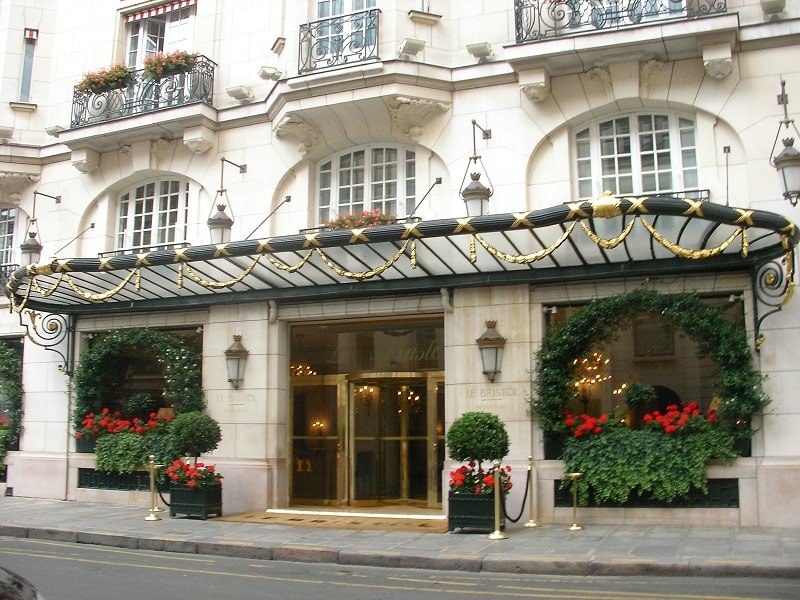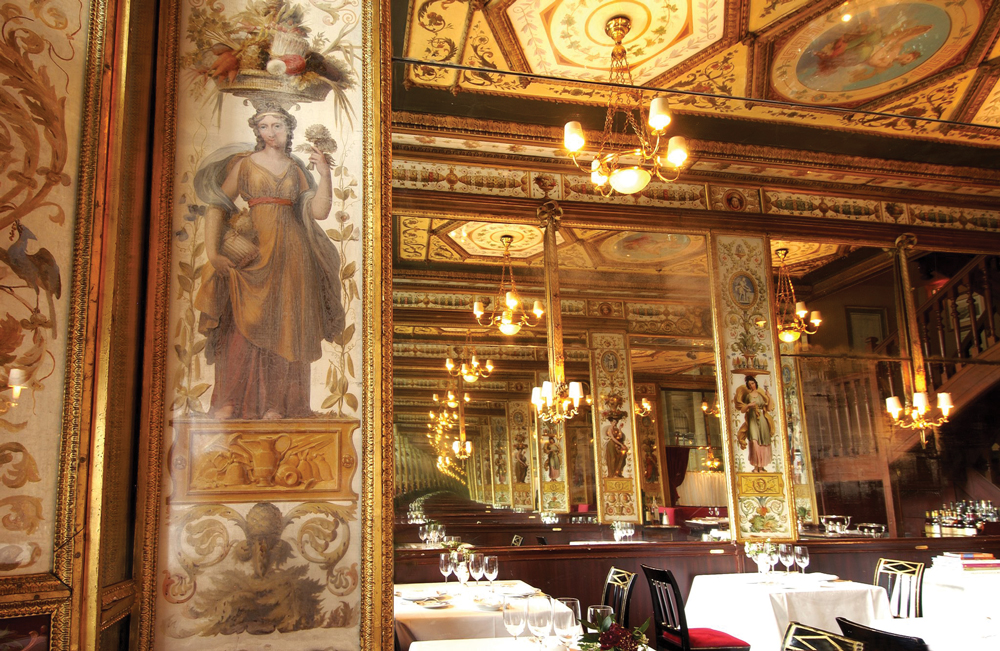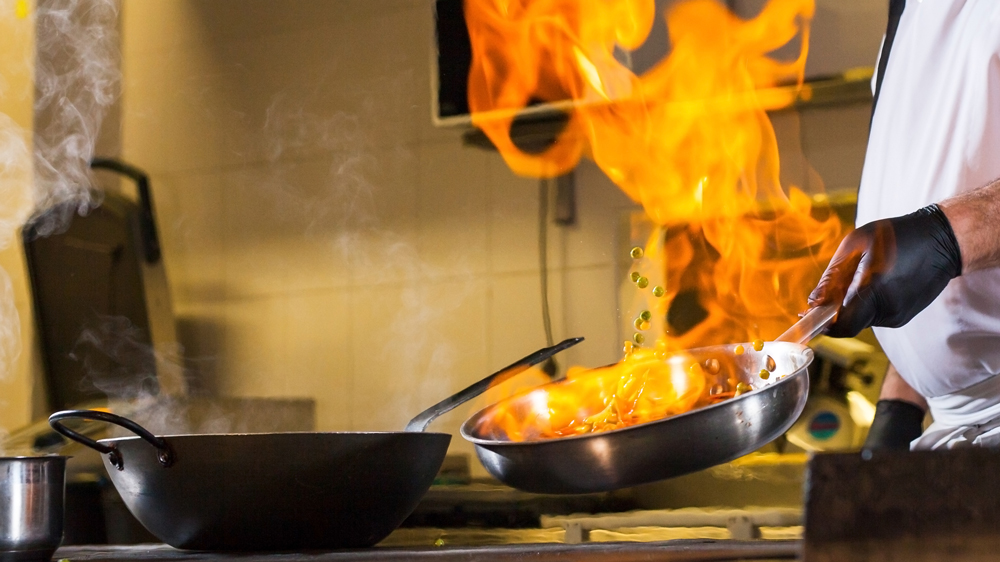In a world saturated with transient social media-driven food fads, the noteworthy transformations in gastronomy often escape notice until they become glaringly apparent. France is no exception, as the captivating evolution of French cuisine in the 21st century comes into focus, especially post the challenges that impacted its restaurant scene during COVID.
The Enduring Influence of French Cooking
Before recent disruptions, the French culinary world was quietly celebrating a burgeoning reality: French cooking continues to hold significant sway – robustly, perhaps more than ever. Amidst the global buzz around molecular gastronomy and the foraged wonders of Scandinavia’s New Nordic cuisine, it is now evident that La Bistronomie, the modern French bistro cooking pioneered by chefs like Yves Camdeborde, Éric Fréchon, Thierry Breton, and others, stands as the most pivotal gastronomic movement in Western countries since 1945.

La Bistronomie: A Fusion of Tradition and Innovation
The term ‘La Bistronomie,’ coined in the early 2000s by French food writer Sébastien Demorand, describes a fusion of bistro and haute cuisine, aiming to blend the conviviality of bistros with the refined techniques of Michelin-starred restaurants. This culinary amalgamation, initiated by chefs such as Yves Camdeborde at La Régalade in Paris, has become a guiding principle for young chefs globally.
Exploring French Regional Cooking Renaissance
Beyond its roots, La Bistronomie has contributed to a renewed interest in French regional cooking, showcasing fresh, seasonal, and often organic produce. Notably, vegetables have taken centre stage, foreshadowing the rise of vegetarian and vegan options on menus across France. This shift, mirrored by the Michelin Guide’s recognition of a vegan restaurant in 2021, has paved the way for outstanding vegetarian establishments like Culinaria Hortus in Lyon and Bloom Sushi in Paris.
Revival of French Regional Cuisines
La Bistronomie has also triggered a revival of French regional cuisines, with chefs drawing inspiration from their native regions. This trend persists with a new generation of chefs like Matthias Marc and Julia Sedefdjian, incorporating regional influences into their innovative creations.

Shifting Culinary Preferences: From Formality to Flexibility
Amidst changing culinary preferences, a desire for comfort food and simpler dining experiences has emerged. Diners express weariness with the rigid format of tasting menus, highlighting a shift towards more personalised and flexible dining options. The focus is on choosing and composing meals based on individual preferences, as demonstrated by the popularity of bistros like Parcelles in Paris.
The Decline of the Gallic Food Pyramid
The traditional Gallic food pyramid curated by Michelin has seen a decline in relevance. Formality in upscale restaurants is giving way to a more relaxed and accessible approach, as seen in the reimagining of iconic establishments like Plaza Athénée and Le Grand Véfour. This transition is not merely a change in the menu but reflects a broader movement towards environmental responsibility, emphasising sustainability and waste reduction.

Gastronomic Vitality Beyond Paris: Emerging Culinary Hubs
Beyond the confines of Paris, regional cities like Bordeaux, Lille, and Marseille are emerging as attractive hubs for young chefs. Lower rents, superior produce, and a less stressful environment contribute to the appeal of these alternatives. The gastronomic vitality of Marseille, in particular, is celebrated for its cultural diversity, local produce, and inherent joy in communal living.
A Global Influence on French Gastronomy
The landscape of French gastronomy has become more cosmopolitan, with an influx of foreign chefs from various corners of the globe. Notably, Paris has become a sought-after training ground for chefs worldwide, fostering a rich and diverse culinary scene. The influence of foreign cuisines, from African to Australian, has expanded beyond a few niche restaurants to permeate the offerings of large French cities.
Looking Ahead: Dominique Crenn’s Fusion Venture
Looking ahead, the return of renowned chef Dominique Crenn, known for her plastics-free Michelin three-star restaurant in San Francisco, adds to the anticipation. Her venture in Paris promises a blend of Californian influences and classical French culinary expertise, hinting at a unique dining experience.
The essence of French gastronomy thrives by embracing global influences, shedding hierarchical structures, and meeting the challenge of creating dishes that are not only delectable but also healthy and environmentally friendly. The love for good food remains quintessentially French, driving the ongoing success and innovation in Gallic gastronomy.
Note: this article includes affiliate links. If you choose to make a purchase through these links, we may receive a small commission.
This article is based on a piece by Alec Lobrano in Taste of France Issue 4. Explore the world of cycling and cheese in Provence by reading the full article. Purchase your copy here.
Latest posts:
- Nine new restaurants awarded Michelin Green Star for sustainability
- 52 restaurants awarded one Michelin Star for 2024
- French bid to stamp out gastro ahead of Olympics
- Michelin recognises individuals in restaurants across France
- Where to go for dessert, according to Michelin







